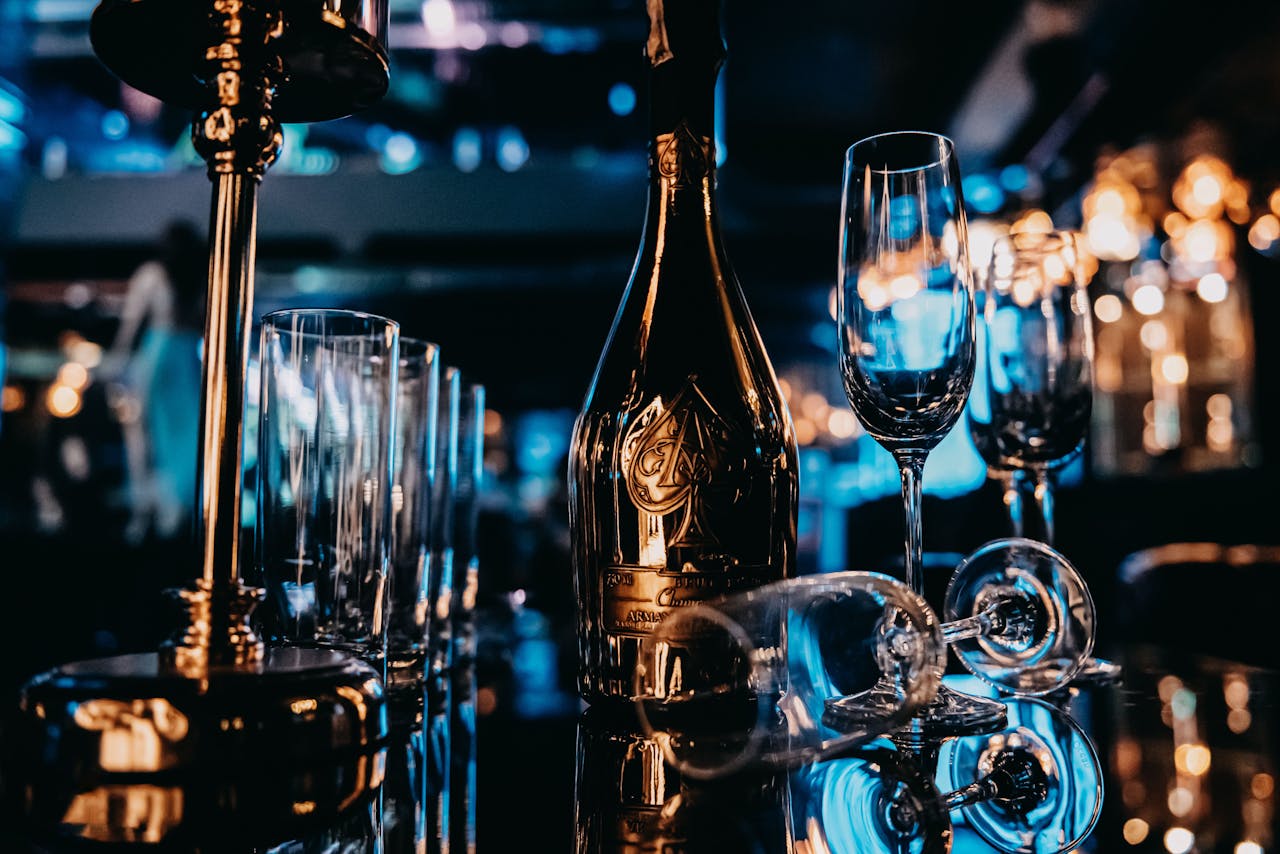
+
경력 년수
+
팀원
%
만족한 고객
+
프로젝트 완료
우리의 이야기
10년 이상의 경력을 자랑하는 유경마담의 프리미엄 서비스를 만나보세요.

고급스러운 경험을 추구하는 고객을 위한 장소입니다.
강남텐프로u0026텐카페는 10년 이상의 전통으로 많은 VIP 고객들에게 뛰어난 즐거움을 제공해왔습니다.
01
프리미엄 칵테일 서비스
02
전문적인 밴드 공연
03
개인 맞춤 서비스
작업 방식
우리는 고객을 위한특별한 경험을 만듭니다.
Step
01
프라이버시 보장
고객의 소중한 프라이버시를 최우선으로 생각합니다.
Step
02
전문가 팀
경험이 풍부한 전문가들이 최상의 서비스를 제공합니다.
Step
03
예약 필수
전화 예약을 통해 전용 서비스를 보장받으세요.
고객 반응
고객들의 특별한 경험
4.8
4.7*

지훈 김
사업주
4.7*

수민 이
사업주
4.7*

은정 최
사업주